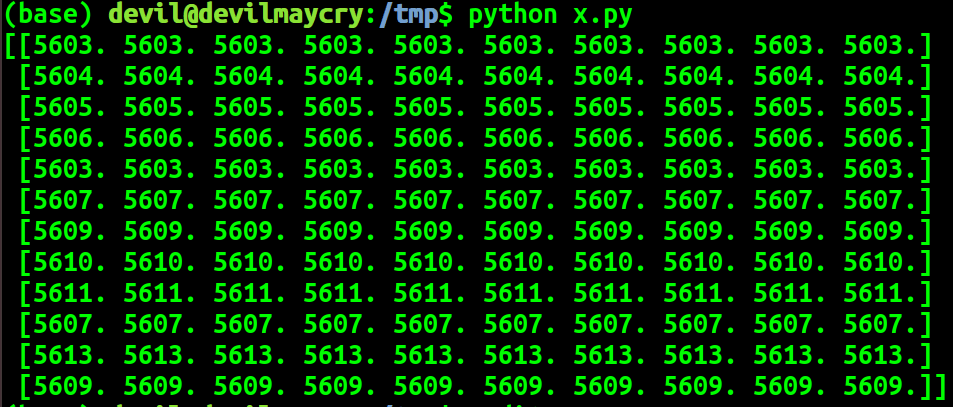夏夜,天上缀满了闪闪发光的星星,像细碎的流沙铺成的银河斜躺在青色的天宇上。大地已经沉睡了。我任了性,纵容思念开成一片海,定格成回忆里抹不去的风景。太阳把大海映红了,好像得大海披上了一层红纱。
numpy中矩阵选取子集或者以条件选取子集,用mask是一种很好的方法
简单来说就是用bool类型的indice矩阵去选择,
mask = np.ones(X.shape[0], dtype=bool) X[mask].shape mask.shape mask[indices[0]] = False mask.shape X[mask].shape X[~mask].shape (678, 2) (678,) (678,) (675, 2) (3, 2)
例如我们这里用来选取全部点中KNN选取的点以及所有剩余的点
from sklearn.neighbors import NearestNeighbors nbrs = NearestNeighbors(10).fit(X) _,indices = nbrs.kneighbors(X) mask = np.ones(X.shape[0], dtype=bool) mask[indices[0]] = False plt.scatter(X[mask][:,0],X[mask][:,1],c='g') plt.scatter(X[~mask][:,0],X[~mask][:,1],c='r')
带条件选择替换,比如我们需要将a矩阵内某条件的行置换为888剩余置换为999,可以直接用mask或者再用where一步搞定:
mask = np.ones(a.shape,dtype=bool) #np.ones_like(a,dtype=bool) mask[indices] = False a[~mask] = 999 a[mask] = 888 ############# np.where(mask, 888, 999)
本文Numpy中的mask的使用到此结束。人生那么短,为什么要让不重要的人,影响自我重要的心境。小编再次感谢大家对我们的支持!


